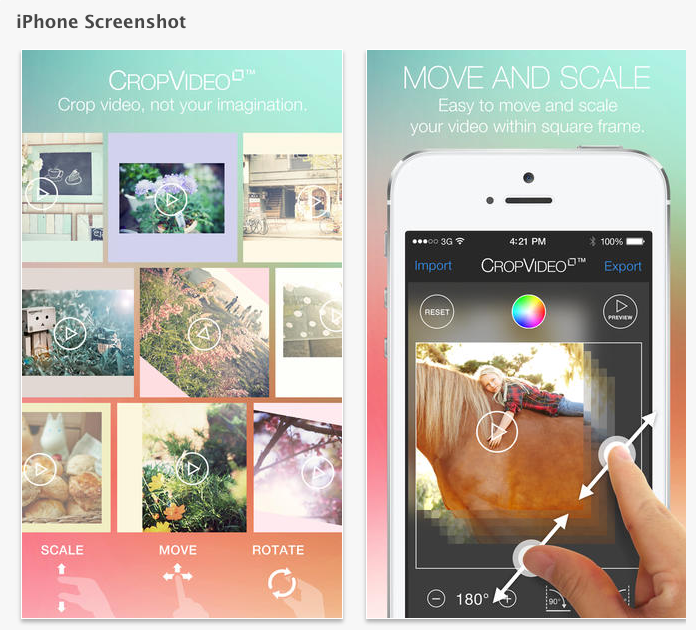

While you should be taking and editing your photos in RAW format, you should never share a RAW file (not least because of the huge file size). You can also check out the other popular social media sizes here.įile format is another of the export settings for Instagram you need to consider. What are the Dimensions for Instagram? Type If you’re not satisfied with it, you can drag the image to recompose according to the crop. By default, it considers the center of the image to make the measurement. You’ll see a frame that will show you a preview of the crop. The recommended aspect ratios for Instagram are: You can either type the aspect ratio or the number of pixels. If you can’t see the aspect ratio that you’re looking for, click on Enter Custom and type the one that you prefer. It’s the same thing, so don’t let it confuse you. Here you’ll see the multiplication symbol (e.g, 4 x 5). Normally you’ll find aspect ratios expressed with a colon separating both numbers, for example, 4:5. From there you can choose which one to use. By default, it will be set as Original and it will have a padlock on in.Ĭlick on the arrows next to the word Original to open the drop-down menu. The first one is the Aspect, referring to the aspect ratio. You’ll see a square and a grid appear on top of your image. The first one from the left is a square icon – click on that. On the top of the panels, you’ll find the adjustment tools.

To do this in Lightroom, you need to go to the Develop module. Instagram supports most popular image aspect ratios, it’s generally best to crop your images to 4:5, since portrait orientation images take up the most real estate in the Instagram feed. So, one of the settings that you need to consider for uploading to Instagram is cropping and sizing your image yourself. The official Instagram guidelines also state: “If the aspect ratio of your photo isn’t supported, it will be cropped to fit a supported ratio.”Īt this point, the results are not in your hands, and that’s not a position that you want to be in. The width of your photo needs to be between 3 pixels. You’ll find that Instagram supports portrait, landscape, and square formats. While Instagram became famous for its square images (1:1 ratio), things have changed quite a bit.

Now let’s have a closer look at each of these Lightroom Export Settings in detail to see how they help to make your images look their best.

This is useful because it will lose some of this when it’s uploaded.
RESIZE PHOTO FOR INSTAGRAM FOR FREE
To save you some time, I’ve put together these Instagram Lightroom export settings as an Export Preset which you can download for free right here. If you stick to the above export settings, your images should look their best each and every time you upload to Instagram. Output Sharpening: Sharpen for Screen, Amount to personal taste.Image Sizing: Resize to fit: Width & Height.These are the Best Export Settings for Instagram in Lightroom: How do I Export Best Quality from Lightroom for Instagram?


 0 kommentar(er)
0 kommentar(er)
